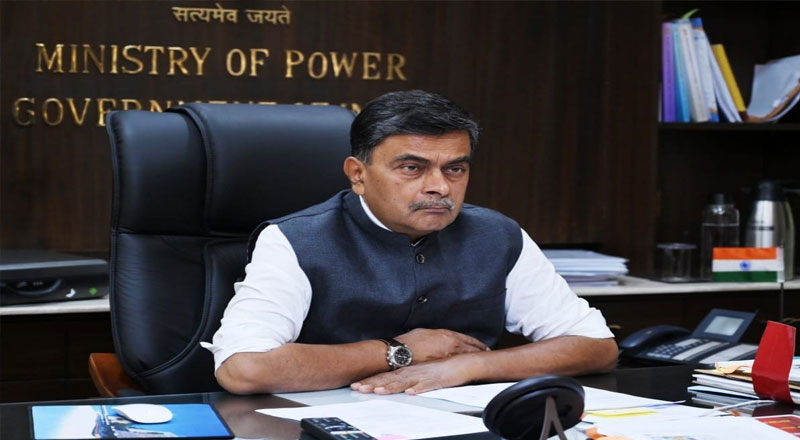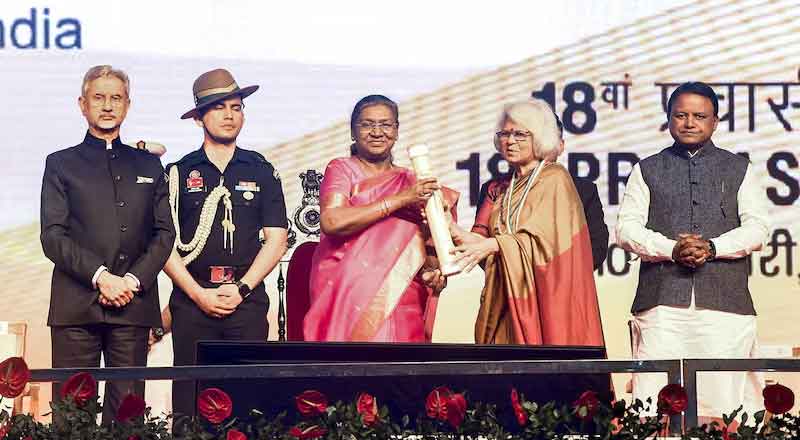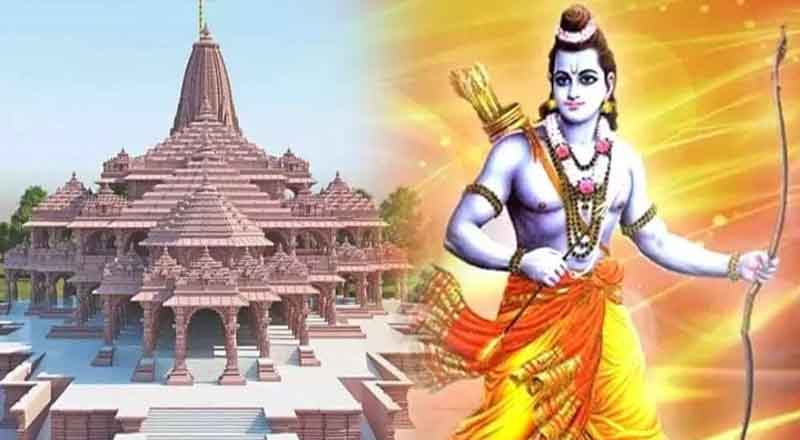The Ministry of Power and the Ministry of New and Renewable Energy are jointly launching a National Mission to quickly identify emerging technologies in the power sector and develop them indigenously, at scale, for deployment within and outside India. The National Mission, titled “Mission on Advanced and High-Impact Research (MAHIR)” aims to facilitate indigenous research, development and demonstration of the latest and emerging technologies in the power sector. By identifying emerging technologies and taking them to implementation stage, the Mission seeks to leverage them as the main fuel for future economic growth and thus make India a manufacturing hub of the world.
The Mission will be funded by pooling financial resources of the Ministry of Power, Ministry of New and Renewable Energy and the Central Public Sector Enterprises under the two Ministries. Any additional funding needed will be mobilized from Government of India’s budgetary resources.
Planned for an initial period of five years from 2023-24 to 2027-28, the Mission will follow the technology life cycle approach of Idea to Product.
Commenting on the launch of the MAHIR, Union Power & NRE Minister Shri R. K. Singh said that the Mission will serve as a catalyst for national priorities such as achieving Net Zero emissions and promoting initiatives like Make in India and Start-up India. He said that it will also contribute towards achieving the United Nation’s Sustainable Development Goals (SDGs). The Minister added: “In last nine years, the Indian Power Sector has transformed into a vibrant and a financially viable sector. Given that India is going to grow at more than 7% in coming years, the electricity demand is going to increase at close to 10%. In addition, India is aiming for energy transition following Prime Minister’s vision of LiFE. This requires not only massive investment but also a transformational approach driven by research & innovation.”
Power Secretary Shri Alok Kumar said that MAHIR will work towards Industry-Academia -Government collaboration to create an ecosystem for innovation and translation of research in the power sector. “MAHIR will work with premier institutions such as IITs, IIMs, NITs, IISERs and Universities on the one hand and public & private power sector start-ups and established industries with government acting as an enabler for creating an innovation ecosystem,” the Power Secretary added.
Mission Objectives
The key objectives of the Mission are as follows:
- To identify emerging technologies and areas of future relevance for the Global Power Sector and take up indigenous end-to-end development of relevant technologies
- To provide a common platform for Power Sector Stakeholders for collective brainstorming, synergetic technology development and devise pathways for smooth transfer of technology
- To support pilot projects of indigenous technologies (developed especially by Indian Start-ups) and facilitate their commercialization
- To leverage foreign alliances and partnerships to accelerate research & development of advanced technologies and to build competencies, capabilities and access to advanced technologies through bilateral or multilateral collaborations, thereby facilitating exchange of knowhow and Technology Transfer.
- To seed, nurture and scale up scientific and industrial R&D and to create vibrant & innovative ecosystem in the Power Sector of the country
- To make our Nation among the leading Countries in Power System related Technologies & Applications development
Areas Identified for Research
To begin with, the following eight areas are identified for research:
- Alternatives to Lithium-Ion storage batteries
- Modifying electric cookers / pans to suit Indian cooking methods
- Green hydrogen for mobility (High Efficiency Fuel Cell)
- Carbon capture
- Geo-thermal energy
- Solid state refrigeration.
- Nano technology for EV battery
- Indigenous CRGO technology
Structure of the Mission
The Mission will have a two-tier structure – a Technical Scoping Committee and an Apex Committee.
The Technical Scoping Committee, chaired by the Chairperson of Central Electricity Authority, will identify ongoing and emerging research areas globally, recommend potential technologies for development under the Mission, justify the techno-economic advantages, provide research outlines, and conduct periodic monitoring of approved research projects.
The Technical Scoping Committee (TSC) will survey and identify the on-going and emerging areas of research globally and will make recommendations to the Apex Committee. The TSC shall identify the potential technologies that can be considered for development under the Mission. The TSC will bring out the relevance of the technology for the future of the Power Sector and justify the Techno-economic advantage of indigenous development of the Technology and come out with a roadmap for market creation for the Technology. The TSC will also provide a broad range of specifications desired from the final product. Periodic monitoring of the approved research projects will also be carried out by the TSC.
The Apex Committee, chaired by the Union Minister for Power & New and Renewable Energy will deliberate on the technology and products to be developed and approve the research proposals. The Apex committee will look also into international collaborations.
The Apex Committee will approve the research proposals and monitor the progress of research. The technology / product to be developed under the Mission will be deliberated by the Apex Committee. The final approval of all the research proposals / projects shall be given by the Apex Committee. If the TSC recommends for international collaboration for the development of technology, the same shall also be taken up by the Apex Committee for discussion with the collaborating country. Approval of any collaboration, the technology to be developed and agreement to be entered into with the collaborative country will be decided by the Apex Committee.
The composition of the Apex Committee will be as under:
| 1 | Union Minister for Power and New & Renewable Energy | Chairperson |
| 2 | Secretary, Ministry of Power | Member |
| 3 | Secretary, Ministry of New & Renewable Energy | Member |
| 4 | Secretary, D/o Science and Technology | Member |
| 5. | Principal Scientific Adviser or his / her representative | Member |
| 6 | Chairperson, CEA | Member |
| 7 | Representative of NITI Aayog | Member |
| 8 | Joint Secretary/Economic Adviser (T&R), Ministry of Power | Member |
| 9 | CMDs of NTPC / PGCIL / PFC / REC / NHPC / NEEPCO / THDC / SJVNL / GCIL / IREDA, MD, SECI, Chairpersons BBMB / DVC and DGs of NPTI / BEE / NISE / NIWE / NIBE | Members |
| 10 | Directors of IITs, Delhi / Bombay / Madras / Kanpur | Member(s) |
| 11 | Director General, CSIR | Member |
| 12 | Director General, CPRI | Member Convener |
Central Power Research Institute (CPRI), Bengaluru will provide all necessary secretarial assistance to the Apex Committee and Technical Scoping Committee.
Scope of the Mission
Under the Mission, once research areas are identified and approved by the Apex Committee, the proposals for outcome-linked funding will be invited from companies / organizations across the globe. The selection of the proposal shall be done through Quality cum Cost-Based Selection (QCBS) basis. The organizations of the Ministries may also co-develop the technologies with the selected Research Agency. The IPR of the technology developed would be shared by the Government of India and the Research Agency.
The Mission shall also fund pilot projects of technologies developed by Indian Start-ups and facilitate their commercialization through the Central Public Sector Enterprises under both the Ministries. The start-ups will have to share the IPR with the Government of India / Central Power Research Institute.
The Mission will also facilitate international collaboration for smooth exchange of know-how and Technology Transfer. The Mission will also seek collaboration with the best laboratories of the world for joint development of technologies.





